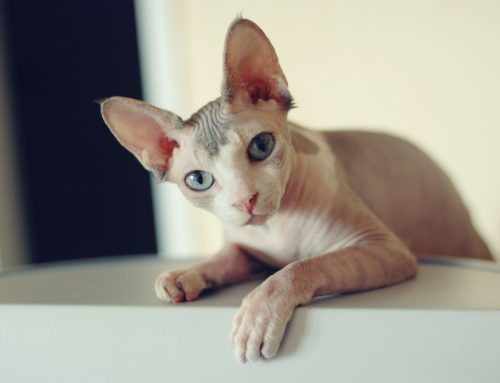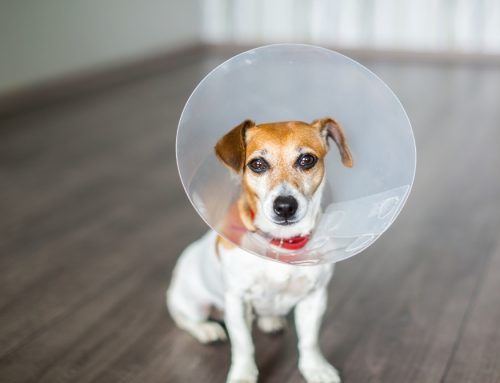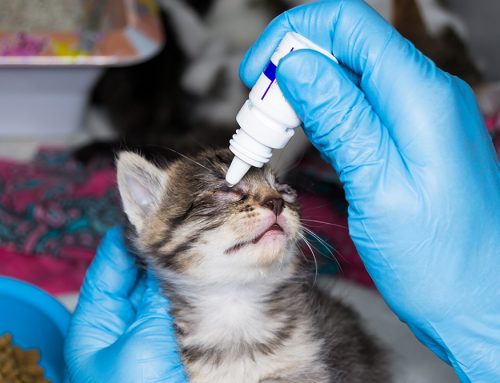Overview
Third eyelid gland protrusion, commonly referred to as “cherry eye,” occurs when the third eyelid’s gland becomes displaced from its normal position. This condition is more prevalent in certain dog breeds and can cause discomfort and potential complications if not addressed promptly.
What is the Third Eyelid?
The third eyelid, also known as the nictitating membrane, is a thin membrane located at the inner corner of the eye. It helps protect and moisten the eye by producing a portion of the eye’s tear film. The gland associated with the third eyelid produces tears and is normally situated within the membrane.
Causes
Third eyelid gland protrusion typically occurs due to the following reasons:
- Genetic Predisposition: Some dog breeds, such as Bulldogs, Cocker Spaniels, and Shih Tzus, are more prone to this condition due to genetic factors.
- Weakness in Supporting Structures: The ligaments and tissues that normally hold the gland in place may become weak or damaged.
- Inflammation or Irritation: Inflammation or irritation can lead to gland swelling and displacement.
Symptoms
Signs that may indicate third eyelid gland protrusion include:
- A reddish, bulging mass in the inner corner of the eye
- Excessive tearing or discharge from the eye
- Swelling or irritation of the affected eye
- Squinting or discomfort
Diagnosis
A veterinarian will perform a thorough eye examination to diagnose third eyelid gland protrusion. This may include:
- Physical Examination: Assessing the appearance and position of the third eyelid gland.
- Ophthalmic Examination: Checking for additional issues such as conjunctivitis or corneal damage.
Treatment
Treatment options for third eyelid gland protrusion may include:
- Surgical Correction: The most common and effective treatment is surgical repositioning of the gland. This procedure involves placing the gland back into its normal position and securing it.
- Medical Management: In some cases, medication may be prescribed to reduce inflammation and discomfort. However, surgery is often necessary to fully address the issue.
Prevention
While genetic predisposition plays a significant role, maintaining regular veterinary check-ups can help detect and manage any early signs of third eyelid gland issues. For breeds at higher risk, early intervention can prevent more serious complications.
When to Seek Help
If you notice any signs of third eyelid gland protrusion or other eye-related symptoms, seek veterinary care as soon as possible. Early diagnosis and treatment are crucial for the best outcome.
Contact Us
If you have concerns about your dog’s eye health or need urgent care, visit us at Mission Veterinary Clinic. We are an urgent care facility located in the San Fernando Valley and operate on a walk-in basis, without requiring appointments.
Address:
Mission Veterinary Clinic
16915 San Fernando Mission Blvd
Granada Hills, CA 91344
Phone: 818-363-8143
For more information, visit our website at missionvet.com.










Leave A Comment